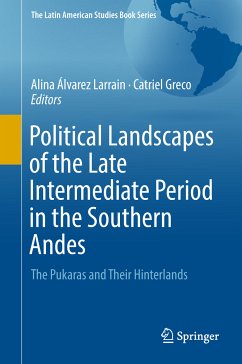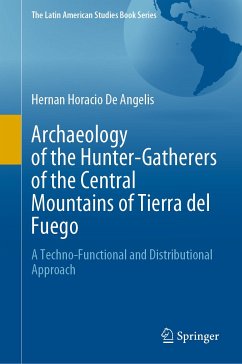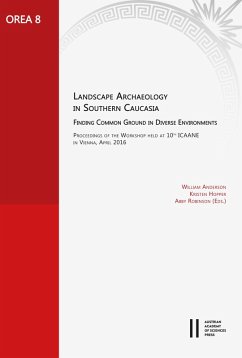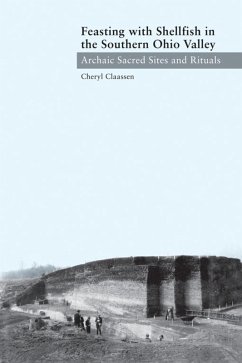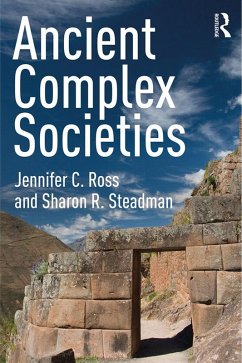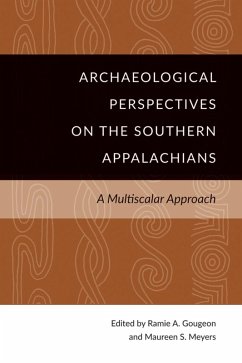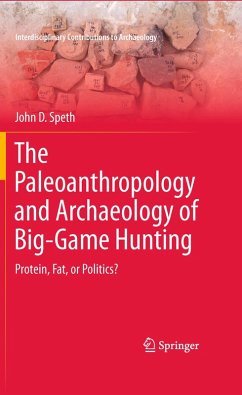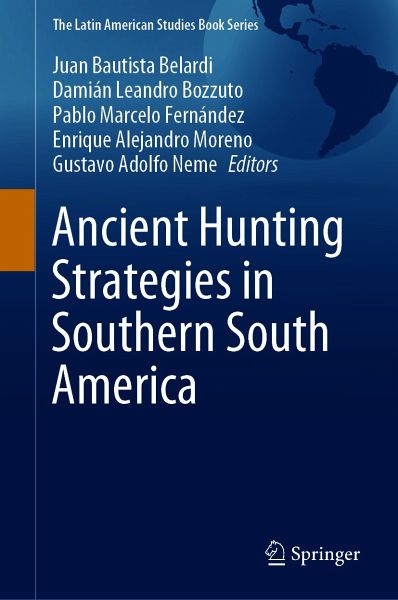
Ancient Hunting Strategies in Southern South America (eBook, PDF)
Versandkostenfrei!
Sofort per Download lieferbar
88,95 €
inkl. MwSt.
Weitere Ausgaben:

PAYBACK Punkte
44 °P sammeln!
This book presents the state of the art for the studies of strategies and tactics for the procurement of preys in Argentina in different regions and chronologies (from the end of the Pleistocene until historic moments). The chapters are related to the performance of these practices in hunter-gatherer, shepherd and farmer societies. From the environmental point of view, they show cases in diverse areas such as plains, mountains, forests, sea coast, steppes and puna. Likewise, the range of preys considered includes ungulates (camelids and deer), runner birds (Rhea pennata) and minor prey (mammal...
This book presents the state of the art for the studies of strategies and tactics for the procurement of preys in Argentina in different regions and chronologies (from the end of the Pleistocene until historic moments). The chapters are related to the performance of these practices in hunter-gatherer, shepherd and farmer societies. From the environmental point of view, they show cases in diverse areas such as plains, mountains, forests, sea coast, steppes and puna. Likewise, the range of preys considered includes ungulates (camelids and deer), runner birds (Rhea pennata) and minor prey (mammals and fish).
The book is aimed at professionals and students of archaeology interested in the analysis of tactics and strategies for prey capture. Every chapter offers an important contribution in theoretical, methodological and technical terms. In addition, these works possess a high comparative value on study cases of very different chronologies and environments of the Southern hemisphere.
This book is a result of the 1st Workshop "Strategies and tactics in order to obtain preys in the past: its discussion from the integration of different lines of evidence" which was conducted in San Rafael, Mendoza, Argentina, between the 8th and 10th of August, 2018.
The book is aimed at professionals and students of archaeology interested in the analysis of tactics and strategies for prey capture. Every chapter offers an important contribution in theoretical, methodological and technical terms. In addition, these works possess a high comparative value on study cases of very different chronologies and environments of the Southern hemisphere.
This book is a result of the 1st Workshop "Strategies and tactics in order to obtain preys in the past: its discussion from the integration of different lines of evidence" which was conducted in San Rafael, Mendoza, Argentina, between the 8th and 10th of August, 2018.
Dieser Download kann aus rechtlichen Gründen nur mit Rechnungsadresse in A, B, BG, CY, CZ, D, DK, EW, E, FIN, F, GR, HR, H, IRL, I, LT, L, LR, M, NL, PL, P, R, S, SLO, SK ausgeliefert werden.



